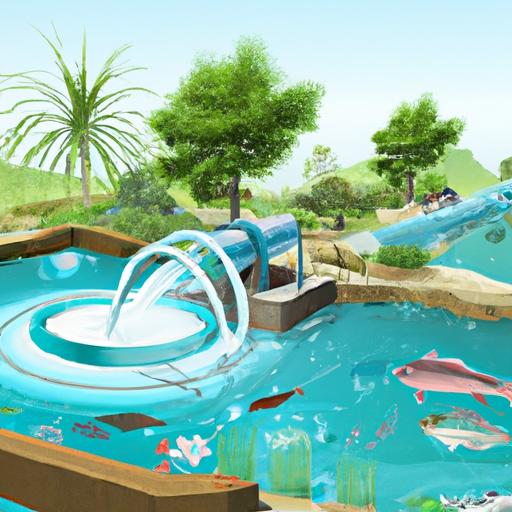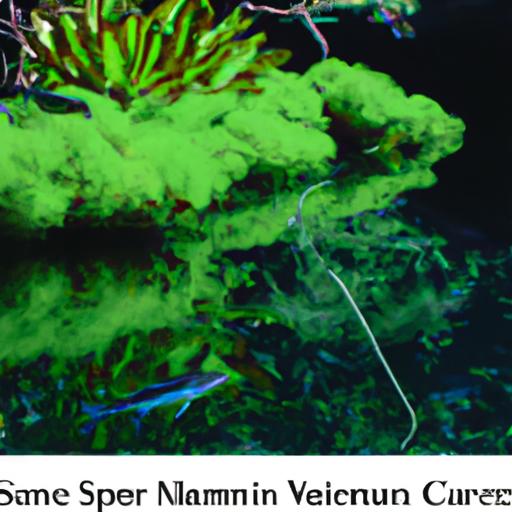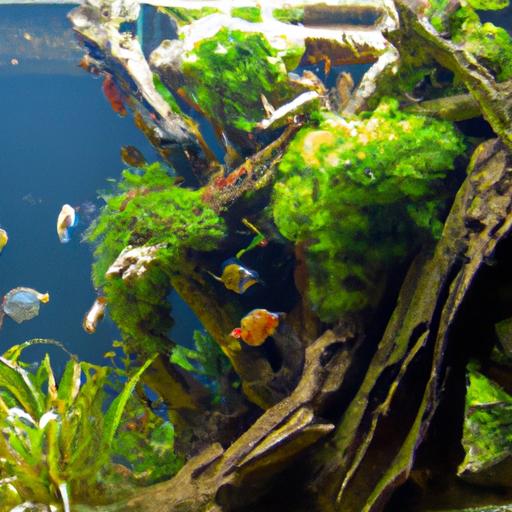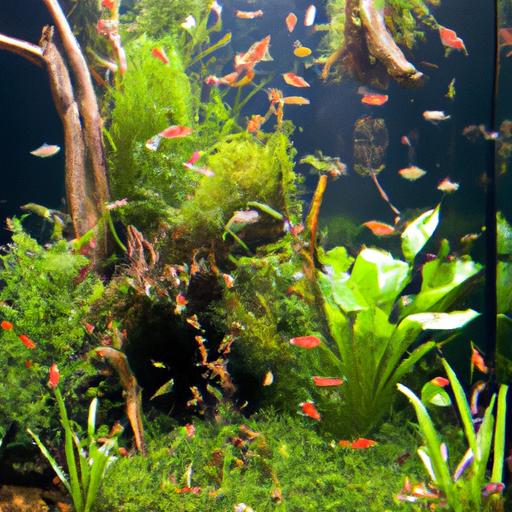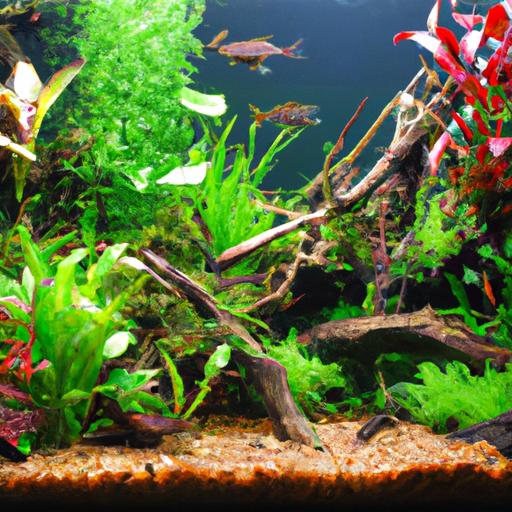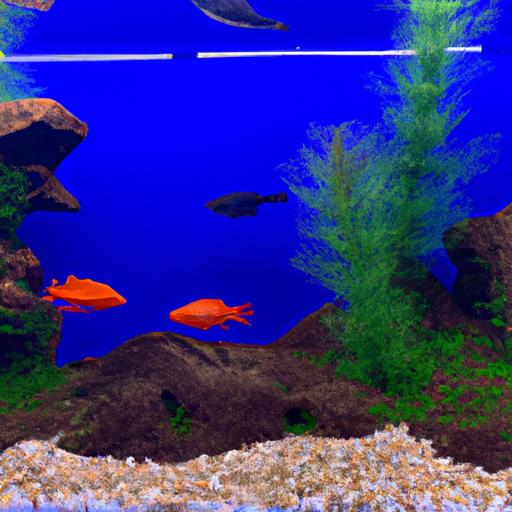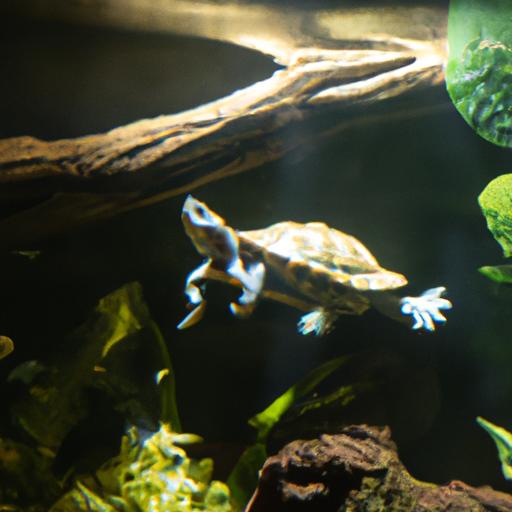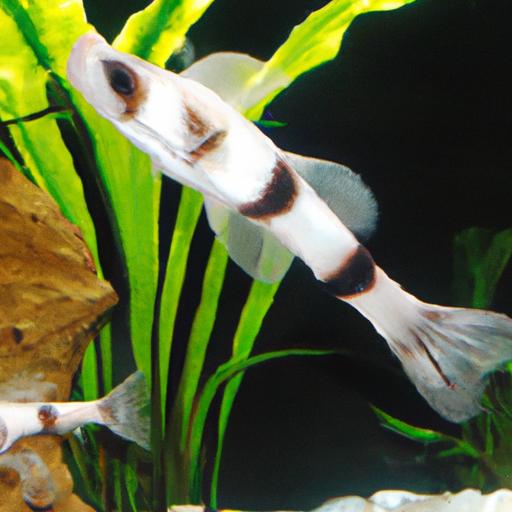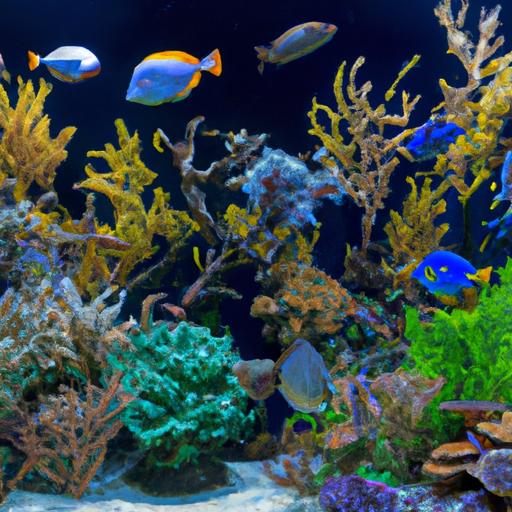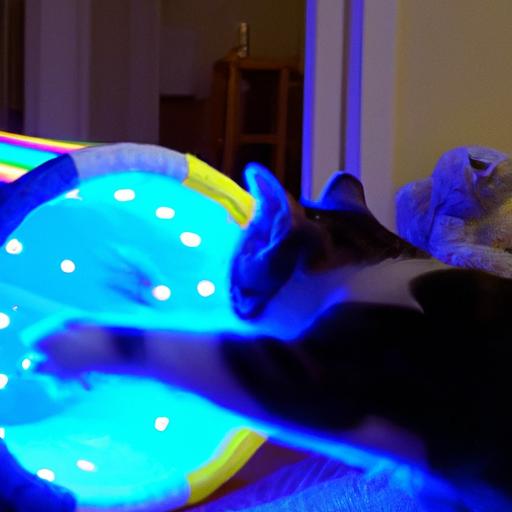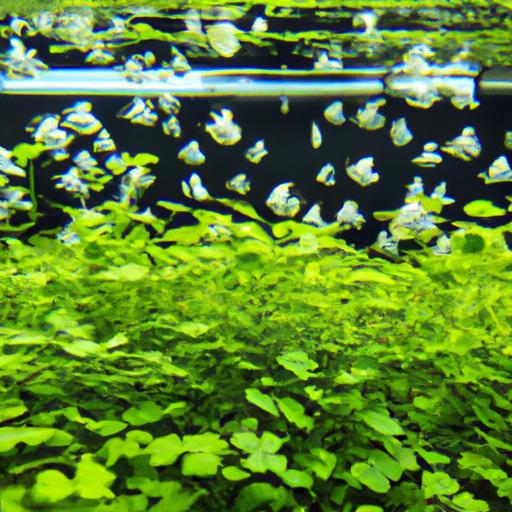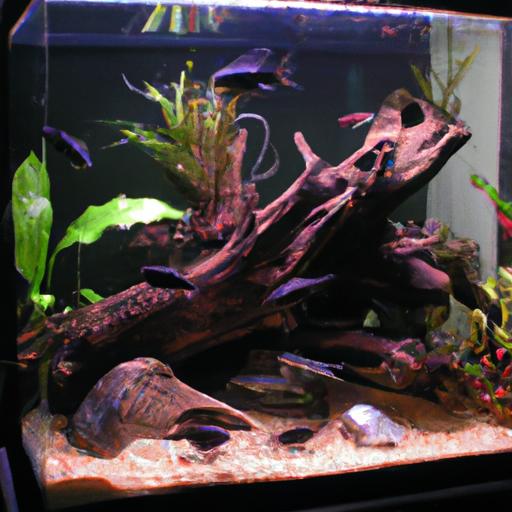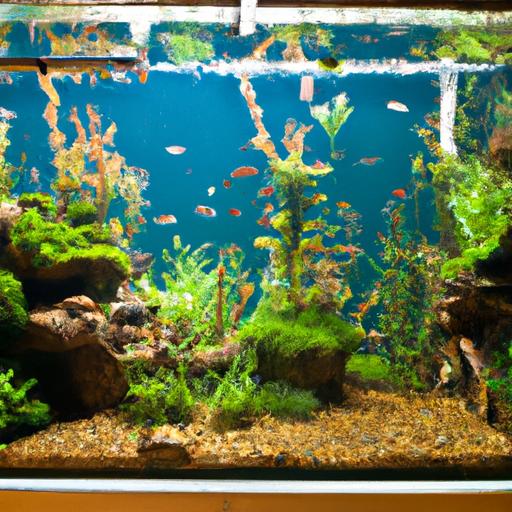
Common Mistakes to Avoid in Freshwater Tank Setup
Avoid common mistakes in freshwater tank setup to ensure a thriving aquatic environment. Learn how to avoid pitfalls and create a successful tank setup.
Setting up a freshwater tank can be an exciting and rewarding experience. However, novice aquarium enthusiasts often make common mistakes that can lead to poor water quality, stressed fish, and even tank failures. To help you avoid these pitfalls and ensure a successful tank setup, we have compiled a list of the most frequent errors and provided expert advice on how to steer clear of them.
Introduction
When it comes to creating a thriving aquatic environment, avoiding mistakes in freshwater tank setup is crucial. Not only does it promote the well-being of your fish, but it also enhances the overall aesthetics of your tank. By following the right practices, you can establish an environment that mimics the natural habitat of your fish, leading to healthier and happier aquatic life.
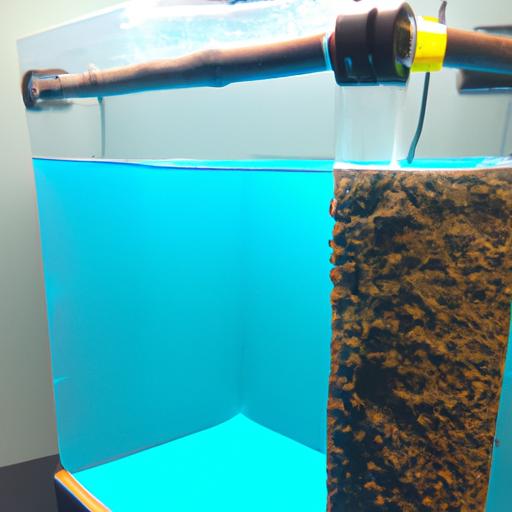
Common Mistakes in Freshwater Tank Setup
Inadequate Filtration
One of the most common mistakes beginners make is underestimating the importance of proper filtration. Inadequate filtration can result in a buildup of harmful substances such as ammonia and nitrites, compromising the water quality and endangering the health of your fish. It is essential to choose a filtration system that matches the size of your tank and the needs of the fish species you plan to keep.
Improper Water Parameters
Maintaining optimal water parameters is vital for the well-being of your fish. Many beginners fail to test and adjust the water parameters, leading to issues like pH imbalances and unstable temperature levels. Each fish species has specific requirements, so it is crucial to research and monitor the ideal parameters for your chosen fish. Regular testing and appropriate adjustments will help create a stable and healthy aquatic environment.
Overstocking
Overstocking is a common mistake that can lead to numerous problems in a freshwater tank. It is tempting to add too many fish at once without considering the tank’s capacity or the compatibility of the species. Overcrowding can result in increased waste production, inadequate oxygen levels, and aggressive behavior among fish. To avoid these issues, carefully research the adult size and behavior of each fish and ensure you provide enough space for them to thrive.
Poor Plant Selection
Plants play a vital role in a freshwater tank, providing oxygen, filtration, and a natural aesthetic. However, choosing the wrong plants or neglecting their care can lead to issues such as nutrient deficiencies, algae overgrowth, and poor water quality. It is essential to select plants that are compatible with your fish species, consider their light and nutrient requirements, and provide proper maintenance to ensure a healthy plant ecosystem.
FAQ: Frequently Asked Questions
How to Choose the Right Filtration System?
Selecting the right filtration system depends on the size of your tank, the fish species you plan to keep, and the desired level of filtration. Generally, a combination of mechanical, chemical, and biological filtration is recommended for optimal water quality. Research different filtration options, consider the specific needs of your tank, and choose a system that can handle the filtration requirements effectively.
What Are the Ideal Water Parameters?
The ideal water parameters vary depending on the fish species you have in your tank. Factors such as pH, temperature, ammonia, nitrite, and nitrate levels should be regularly monitored and adjusted as needed. Consult reliable sources, such as reputable aquarium forums or books, to determine the specific requirements for your chosen fish species.
How Many Fish Can I Safely Keep in My Tank?
Determining the appropriate number of fish to keep in your tank depends on the tank’s size, the fish species, and their adult size. As a general rule, it is recommended to allow one gallon of water per inch of fish length (excluding the tail). However, this rule can vary for different fish species due to their activity levels and territorial behaviors. Research the specific needs of your fish and ensure you do not exceed the tank’s capacity.
What Plants Are Suitable for a Freshwater Tank?
Several plant species are suitable for freshwater tanks, each with different light and nutrient requirements. Some popular options include Java Fern, Anubias, Amazon Sword, and Hornwort. Before selecting plants, consider the lighting conditions in your tank and the compatibility with your chosen fish species. Research the specific care requirements of each plant to ensure their successful growth.
Conclusion
Avoiding common mistakes in freshwater tank setup is crucial to create a thriving aquatic environment. Inadequate filtration, improper water parameters, overstocking, and poor plant selection can all contribute to issues that compromise the health and well-being of your fish. By following the guidelines provided and conducting thorough research, you can set up a freshwater tank that provides a safe and optimal habitat for your aquatic companions. Remember, a well-planned and properly maintained tank will not only benefit your fish but also enhance your enjoyment of this fascinating hobby. So, take the necessary steps to avoid these common mistakes and embark on a successful freshwater tank setup journey.
